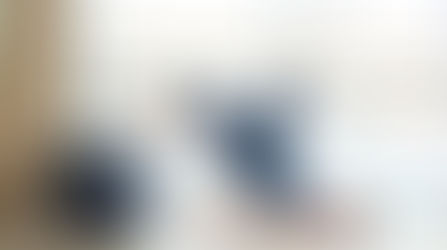Does UV Light Really Kill those Viruses, Germs and Fungi?
- Andrea Metcalf

- Jul 14, 2020
- 3 min read
Updated: Apr 21, 2021
The truth about UV Light and keeping your mats clean.
These days everything we see is about hygiene and keeping things free of viruses, especially. COVID19. As a practicing yogi, I see people bring their same old yoga mat to classes and wonder if their mat has ever been cleaned. But then the next question would
be, how are they cleaning it? Some companies would like you to believe the answer is UV light.

UV Light Naturally occurring UV light is basically light from the sun. Sunshine contains three types of rays, UV-A, B and C. UV-A, UV-B are the kind that penetrate through the ozone to reach our bodies, cause skin wrinkling, sunburn and cancer. There’s a third one most people are unfamiliar with, UV-C. This type of UV light is filtered by the atmosphere and doesn’t reach the Earth’s surface. However, UV-C can be useful in eradicating bacteria, viruses, and fungi. UV-C is utilized In many sanitizing processes in the medical and health industries. UV- C radiation is so intense that it reaches into the cellular level and stops pathogens from replicating. As a result of the pandemic, many companies are racing to sell products to studios and fitness centers that utilize UV-C light to help clean and sanitize everything from weights and bands to exercise and yoga mats. However, UV-C light by itself is not recommended by the Centers for Disease Control (CDC) as an effective method to eradicate germs on all surfaces.
The Trouble With UV-C
UV-C can only work on what it sees. UV-C’s effectiveness depends on a smooth surface, like walls and floors in a hospital. The same can’t be said of yoga and fitness mats which frequently are made of materials with irregular surfaces. When it comes to slipping and
sliding on sweaty mats, many yogi’s like myself prefer what’s called an open cell mat. Open cell mats create a non-slip surface, ideal for many postures and providing a home for pathogens that lurk beneath the surface, unreachable by UV-C. Since UV-C light cannot properly disinfect irregular surfaces and open cell mats, UV-only mat cleaning machines are
not a sufficient solution and mislead yoga studios and students into believing their mats have been safely sanitized when they are potentially unsafe to use. The good news is that these mats CAN can be properly sanitized. What’s needed, as recommended by the CDC, is a multi-sanitizing system.
What’s more, while the time exposure to the sun, what you’re wearing, and being closer to the equator matters for staying safe from a sunburn, too low a dose of UV-C light will not allow for proper sanitizing. In other words, the power of the lamps, the distance to the surface and the exposure time all make a difference in the effectiveness of UV-C light in sanitizing mats. Some UV light mat cleaning machines in the market today fail to produce enough light to meet government standards.
MatFresher is the only multi-sanitizing system which uses 3 modalities to clean and sanitize mats. First, it brush cleans the mat to eliminate topical debris. Next, it delivers an extremely high dose of UV-C light 2x more than products like Matsana. Then, it finishes with a 100% organic, sanitizing spray of HOCL, similar to the cleaner misters in grocery stores to keep produce free from bacteria and viruses.
By comparison, Matsana has one UV lamp per side and no other disinfecting steps. And although the manufacturer claims 4x the light needed to kill COVID-19, after reading the test papers, the testing seems misleading. The testing reads the measuring the smooth surface of paper (The unit was challenged with cells on filter paper.) attached to a mat rather than a irregular mat surface directly. The same result would not be possible on most mat surfaces, including open cell mats where UVC does not penetrate. And, with no way to remove hair and dirt, a damp mat is most likely returned with that same debris stuck to the mat on both sides.
Choose Carefully So does UV-C light reliably clean and sanitize? Yes, but only if it comes into contact with a smooth surface with the proper amount of radiation. Unfortunately, picking a mat cleaning machine is not as simple mounting a box with a bulb for each side. Removing dirt, before UV, is the necessary first step. If that machine produces less than the government gold standard (40,000 micro watts), be weary. And, critically important, use a machine with a secondary disinfectant to kill the pathogens on mats that light simply can not attack. With sanitization being key to keeping your staff and students safe while spending time on their mats, let the light shine in but don’t be blinded by the light by companies who would lead you to thinking their UV-C light-only cleaning machines is the answer to killing germs.





































Comments